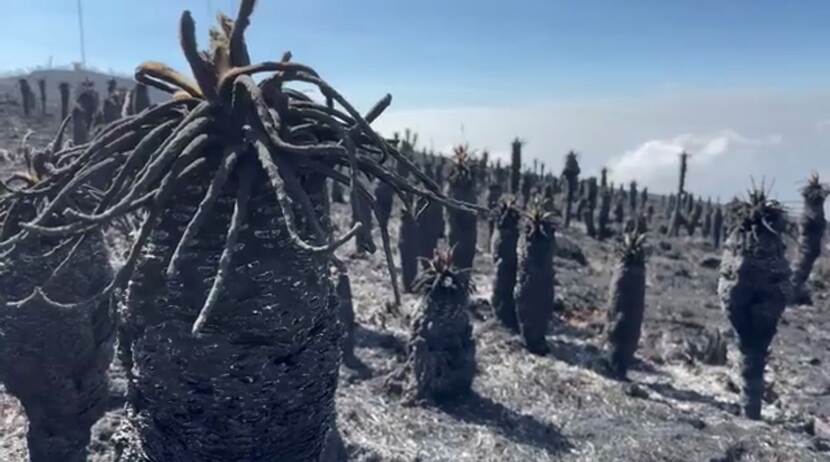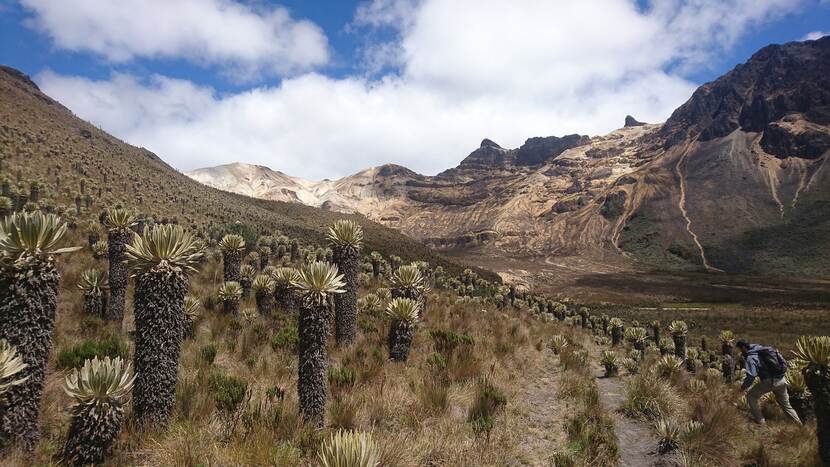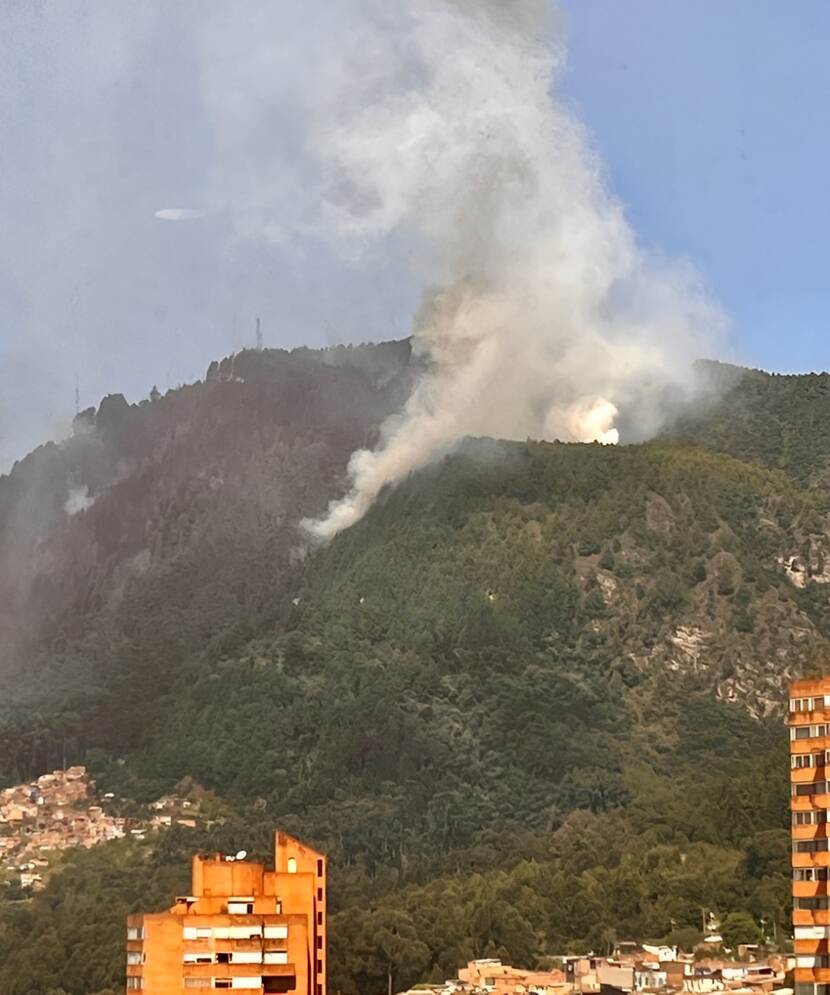Colombia: agro and environment threatened by El Niño phenomenon
Factors such as high temperatures, lack of rainfall and drought have been the perfect combination to start the 21 active forest fires causing Colombia's environmental authorities to be on alert.

As warned by the Colombian Institute of Hydrology, Meteorology and Environmental Studies (IDEAM), El Niño phenomenon, being one of the strongest in history, is affecting several regions of the country. This phenomenon has caused fire risks, landslides and affected air quality in several municipalities and cities in the country.
Experts are very concerned about the incidents reported since November because Colombia has not yet reached the most critical period. Forecasts indicate that the situation could worsen even more.
According to figures from the National Unit for Disaster Risk Management, as of Sunday 21st the country had registered 237 forest fires affecting 131 municipalities. More than 3,500 hectares of vegetation have burned in the period between November 3, 2023 and January 21 2024.
We have to add to this the hectares of forest that have been burned during the recent events in Bogota, Santander and other areas of the country since Sunday 21st until today.
In Santander, forest fires have been reported in the Páramo de Berlin. There, more than 300 hectares of forest have been burned, including a valley of frailejones.

As reported by the authorities, in this páramo there were frailejones up to 100 and 200 years old that were burned. Frailejones are very important because they retain in their leaves the water captured from the fog and help regulate its flow, feeding springs that then supply the aqueducts.
In Bogota, forest fires have been recorded since Sunday 21st January in the eastern hills. The fire, which to date has not been fully controlled has already consumed about 12 hectares of forest.

But not only the flora is at risk. Hundreds of wild animals living in these habitats had to move to urban areas disoriented and injured and many others, unfortunately, have died.
In addition, farmers are particularly concerned about the impact that El Niño season will have on crops and animals. This is why the Ministry of Agriculture has prepared plans to help the sector in the midst of the drought and the affectation of crop areas.
Last Thursday, January 25th, President Gustavo Petro declared a state of disaster and public calamity all over the country. He also appealed for international support to the United Nations and the European Union.
Following the announcement, the United States and the United Nations said they were ready to help Colombia fight the forest fires. Others such as the European Union Disaster Agency, Peru, Chile and Canada listened to the Colombian president's call for help.
On January the 27th, a firefighting system arrived from Peru that includes 220 containers made of 90% biodegradable and 100% recyclable materials. These containers have a storage capacity of 1,100 liters of water and can be dropped from the air on conflagrations to create a rain effect.
The critical period of El Niño phenomenon is expected in February, suggesting the possibility of more intense extreme weather events. IDEAM states that El Niño will probably continue during the first four months of the year, until April.
Contact
If you want to know more information on this matter, feel free to contact the agricultural team at the Netherlands Embassy in Bogotá by e-mail: bog-lnv@minbuza.nl